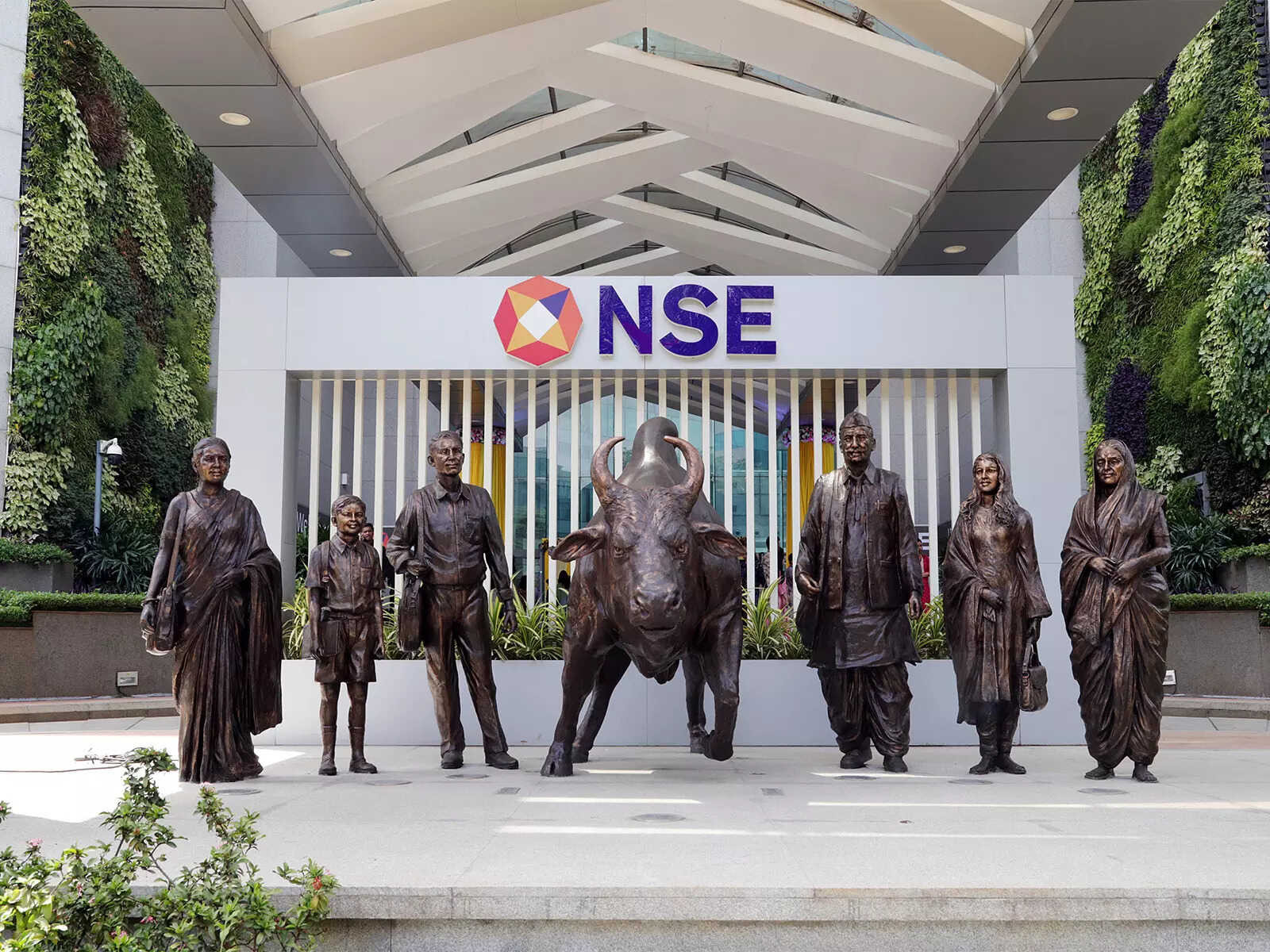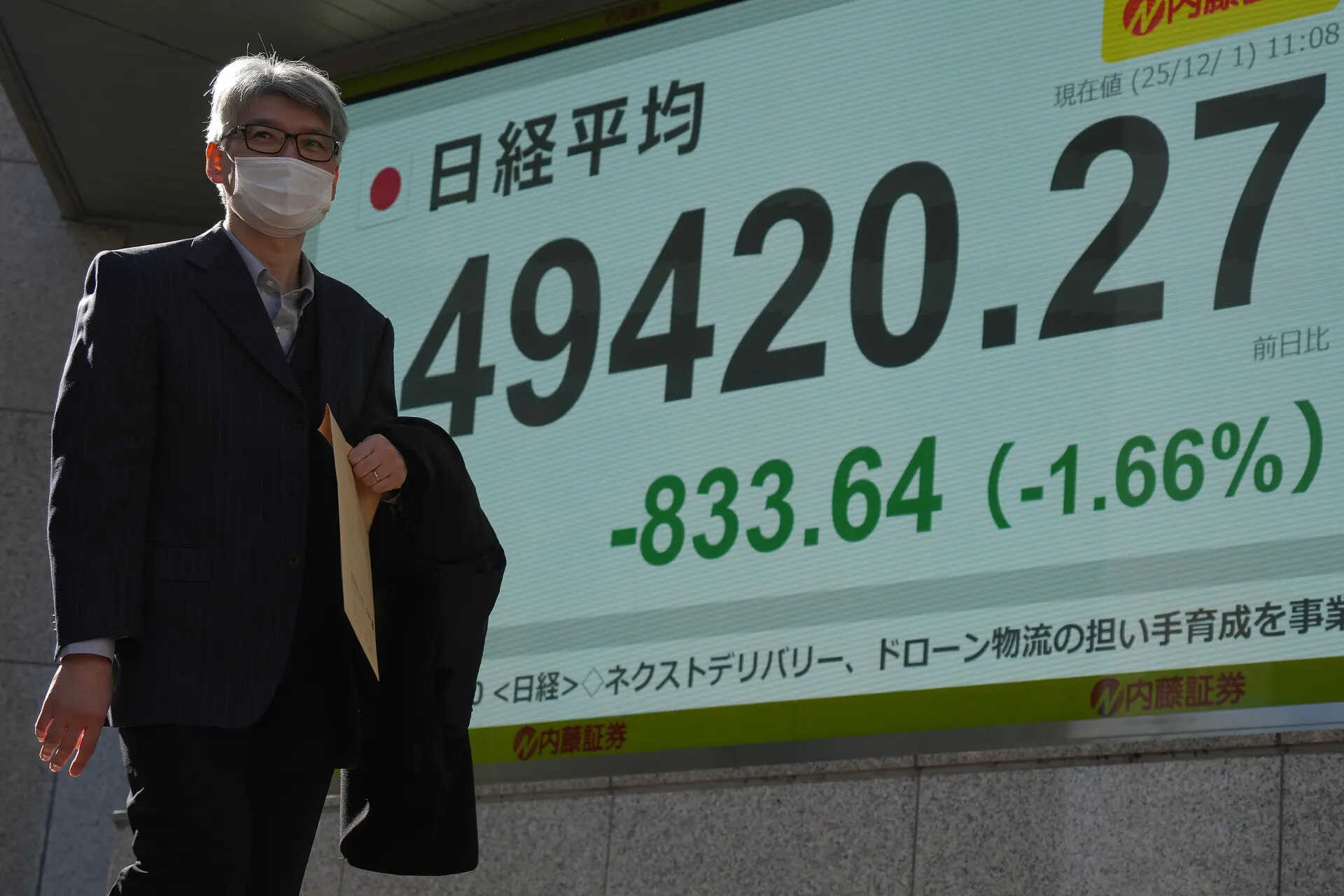Mutual fund inflows soared to record highs in July, propelled by robust equity scheme investments, which surged 81% to ₹42,702 crore. Debt funds rebounded strongly with ₹1.06 lakh crore inflows, while sectoral and thematic schemes led equity gains. Overall industry AUM grew to ₹75.10 lakh crore, fueled by new fund offers and consistent SIP inflows, reflecting strong investor confidence.
Riding the Wave: Why Indian Investors Are Pouring Money into Equity Mutual Funds
The Indian investment landscape is buzzing, and the sound is the roar of equity inflows. July saw a record-breaking ₹42,702 crore (approximately $5.2 billion USD) flood into equity mutual funds, signaling a powerful surge of confidence from Indian investors. But what’s fueling this frenzy, and where is all this money headed?
For months, the market has been a mixed bag, with global uncertainties and inflationary pressures casting long shadows. Yet, Indian investors seem to be looking beyond these immediate concerns, focusing instead on the long-term potential of the Indian economy. This unwavering optimism, coupled with a growing awareness of the power of equity investments, appears to be the primary driver behind this monumental surge.
Sectoral Funds: The New Hot Ticket
While the overall equity market is benefiting, one segment is truly stealing the show: sectoral funds. These specialized funds, which focus on specific industries like technology, infrastructure, or healthcare, are experiencing unprecedented growth. Investors are clearly betting big on the future of particular sectors they believe are poised for explosive expansion.
What’s the appeal? Sectoral funds offer the potential for higher returns compared to broad market funds, but this comes with a caveat: increased risk. By concentrating investments in a single sector, performance is heavily reliant on the fortunes of that specific industry. It’s a high-risk, high-reward game, and many Indian investors seem eager to play. Before diving in, understanding the intricacies of each sector and its potential vulnerabilities is paramount. Doing your homework can be the difference between a winning strategy and a painful loss.
Debt Funds Bounce Back After a Slump
It’s not just equity that’s seeing a revival. After a period of subdued performance, debt funds are also experiencing a resurgence, attracting a massive ₹1.06 lakh crore. This significant inflow suggests that investors are seeking a more balanced portfolio, allocating a portion of their investments to less volatile assets.
Debt funds typically offer lower returns compared to equity but provide a crucial element of stability, particularly in uncertain economic times. The recent increase in debt fund inflows highlights a growing sophistication among Indian investors, demonstrating a keen understanding of the importance of diversification. Consider your risk tolerance and financial goals when deciding on the appropriate allocation between equity and debt. You can also learn about other investment options with potentially high returns like real estate, read this article on the benefits of investing in commercial property.
Why This Matters for the Average Investor
This surge in mutual fund inflows has broader implications for the Indian economy. Increased investment in the stock market can fuel economic growth by providing companies with capital for expansion and innovation. It also signifies a growing financial literacy among the Indian populace, as more people recognize the importance of investing for their future.
But what does it mean for you, the average investor? It’s a reminder of the potential benefits of investing in the Indian market, but also a call for caution. Don’t get swept up in the hype. Before investing in any mutual fund, carefully consider your financial goals, risk tolerance, and investment horizon. Understand the fund’s strategy, its past performance, and its associated fees. Seek professional advice if needed.

A Sustainable Trend or a Fleeting Fad?
The million-dollar question is whether this surge in equity inflows is sustainable or just a temporary phenomenon. While the underlying drivers, such as growing financial literacy and optimism about the Indian economy, are encouraging, market conditions can change rapidly. Global events, economic downturns, and policy changes can all impact investor sentiment and market performance.
Therefore, it’s crucial to adopt a long-term perspective and avoid making impulsive decisions based on short-term market fluctuations. Building a well-diversified portfolio and sticking to your investment plan are key to navigating the ups and downs of the market.
The Future of Indian Investments: Cautious Optimism
The current surge in equity mutual fund inflows is undoubtedly a positive sign for the Indian investment landscape. It reflects growing confidence in the Indian economy and a greater understanding of the power of equity investments. However, it’s essential to approach the market with a healthy dose of caution and a long-term perspective. By doing so, Indian investors can ride the wave of growth and build a secure financial future. This record inflow signals a matured market which is good for the overall economy and shows great promise for the future.







